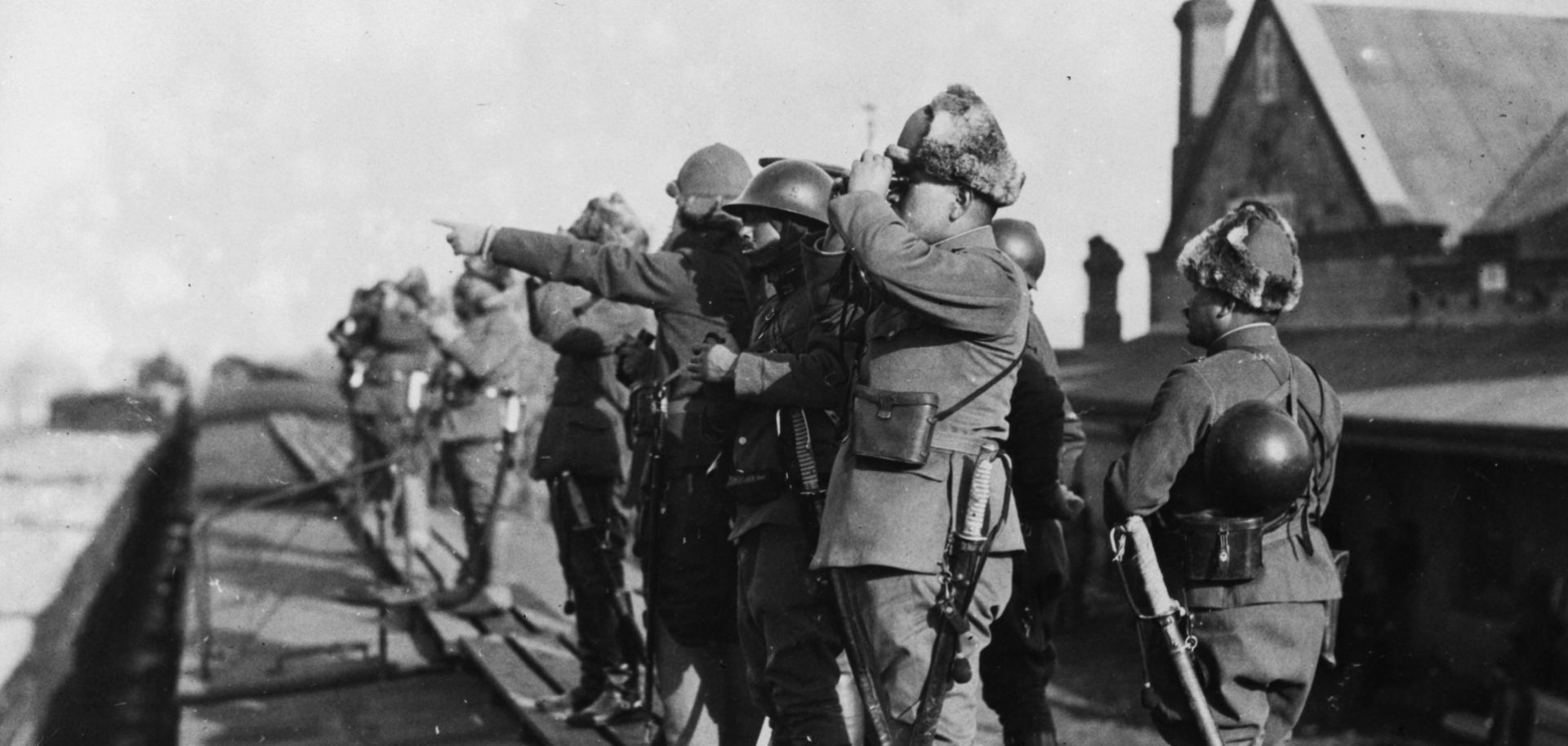Japan, as an island nation, has always been heavily constrained by lack of resources. Going into WWII, the nation imported 88 percent of its oil and was utterly dependent on raw material imports to sustain its industrial base. Unable to achieve self-sufficiency, and unwilling to capitulate, the Japanese had no alternative but to go to war and seize by force the resources they desperately required. Particularly vital to Japanese interests were the petroleum-rich Dutch East Indies — modern-day Indonesia — and the rubber plantations and tin mines of British Malaya. An Imperial push into Southeast Asia had the added advantage of cutting off the Burma Road, which ran north through modern Myanmar into China's Yunnan province. This key transit route had long sustained the Chinese in their struggle against Japan.

The resulting Japanese war strategy hinged on massive initial blows that would surprise Allied fleets and air forces at port or in vulnerable airstrips. This would give Japan the maritime and air power advantage to rapidly seize its objectives and create an extended and heavily defended perimeter to protect both the home islands and Japan's newly acquired overseas resources before the Allies had a chance to recover. The Japanese could then present such a formidable and costly defensive line to the Allies that they would accept Japan's gains and sue for peace.
The Japanese conquest of Asia and the Pacific campaign that followed was initially an overwhelming success. Repeatedly underestimated by its enemies and often outnumbered, the disciplined, highly trained Japanese forces defeated American, British, Australian and Dutch forces as well as their local allies. The sheer expansion of Japanese territory was immense. Six months after Pearl Harbor, the Japanese Empire stretched from Manchuria in the north to New Guinea's jungle-clad Owen Stanley Range in the south. In the west, the empire began at the borders of India's Assam and continued to the Gilbert Islands in the South Pacific. The Japanese Navy General Staff even debated whether they should invade Australia, though the army's heavy commitment in China nixed this plan — Tokyo barely had the forces to defend the territory it had already acquired.
Japan's early gains in Asia and the Pacific were prodigious, but as the nature of the conflict shifted, Tokyo could not endure a war of attrition.
By June 1, 1942, the Allies were in disarray and Japan held several key advantages. It now had the leeway to fortify its newly seized territories and to create a formidable, deep defense. And, unlike virtually all of its counterparts, the Imperial Japanese Navy was still largely intact. From this position of strength, the Japanese could, in theory, stand firm along the outer perimeter and, when needed, dispatch maritime power to reinforce their forces or strike at the largely depleted U.S. fleets operating against them.
It was not until the battle of Midway that the Allies were able to halt Japan's expansion. The country had over-extended itself, making it impossible to defend all of its newly claimed territory. The Pacific theater ultimately became a war of attrition, and Japan was unable to outlast the allies.



